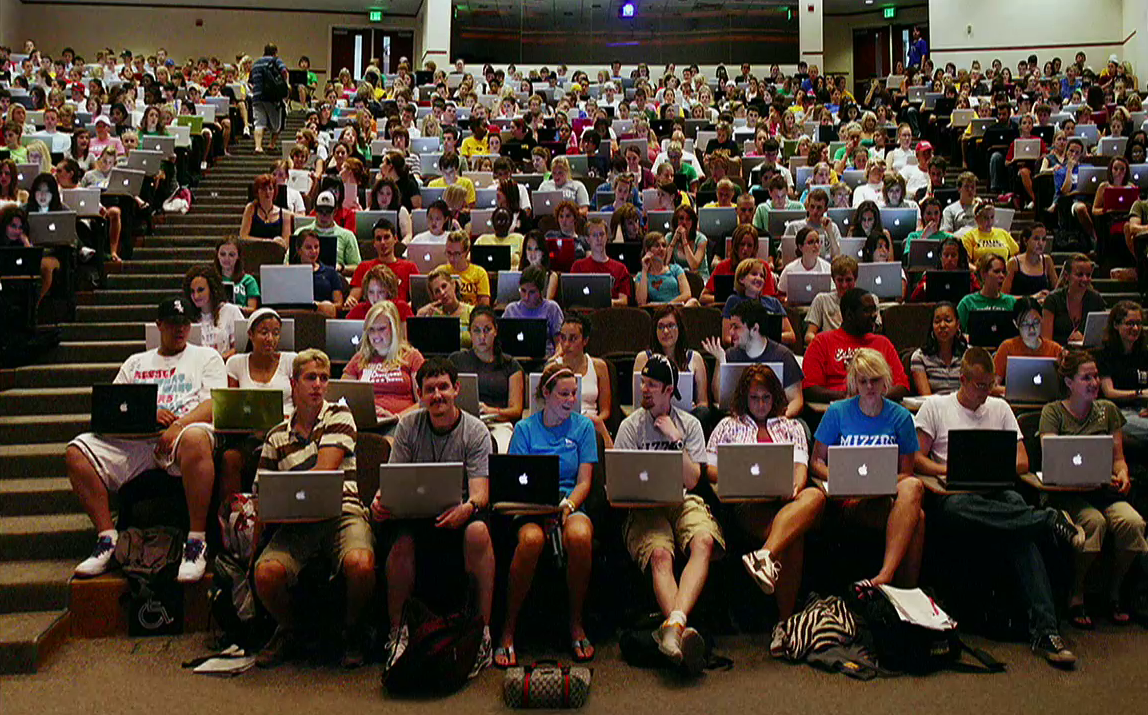By Juan José Tena García
juanjose.tena@itesm.mx
Over the past three decades, technology has gradually transformed the way we live, communicate and learn. The use of digital tools in the classroom and in educational projects has become vital, not just to communicate and connect with students, but also to develop skills and competencies for managing their professional lives. Therefore, the teaching-learning process cannot be disengaged from this reality.
There are several ways of integrating technology into education. One of them is Connected Learning, a theoretical framework proposal based on connectivism and a set of principles for guiding research and educational development. This learning model offers the possibility of experiences consistent with the information era of today’s youth. In other words, technologies are used to match the interests, friendships and academic achievements of young people through production experiences, shared purposes and open networks.
From a social aspect, Connected Learning considers that the function of education is to serve the interests of young people and their communities. This model is based on the evidence that flexible, adaptable, effective learning develops the individual interest of each student, as well as a social commitment to overcome adversity.
The fact that the new generations grow and discover through digital media, social networks and virtual games is an undeniable reality. We need to adapt to this means of transmitting knowledge, but, above all, foster in our students ethics, citizenship and a social commitment to their environment, paying off our social mortgage.
Young people have to navigate through digital environments that actively support the secure development of their identity as participants in public spheres. The new citizenship demands that university students should be agents of change in the digital era, although this will of course imply opportunities and risks for young people who seek this role.
Technological tools help teachers and students to become involved in real problems in the community and to foment civic participation. The main challenge lies in the method and the tools employed by educators to teach their classes and requires changes to the teaching methodology and theory. Therefore, teacher training courses are key to the implementation of these technological strategies to assess outcomes in the short term.
The possibilities for students to acquire new knowledge through connectivism are huge, and one of the clearest advantages is the democratization of education and learning, since virtual spaces give every student access to the information and knowledge they require.
The new citizenship demands that university students should be agents of change in the digital era, although this will of course imply opportunities and risks for young people who seek this role.
One of the main criticisms of Connected Learning is the digital gap and the limited Internet access existing for students in the diverse contexts in Mexico, preventing the proper use of digital tools. In addition, both students and teachers require digital tools and prior knowledge of managing social networks, such as an IT device, a good connection, tools, techniques and technologies, and experience in using them.
Therefore, in a country like Mexico where economic and sociocultural differences are enormous, a lack of financial resources and IT literacy directly affect the use of technology in some sectors of society and lead to ignorance of learning techniques, thus limiting the effectiveness of connectivity.
There is still a long road ahead of us. The new generations need the tools and knowledge to change our nation’s reality, a transformation that should not just be technological, but also imply a social and ethical commitment to improve the conditions in Mexico. This is the task that is still pending and the arduous path we must follow in our daily classes. I would like to invite you to implement the technology and digital tools available to us in order to transmit this knowledge to the latest generations of students. Making learning meaningful for students is just as important as transmitting knowledge.
About the author:
Juan José Tena García holds a Master’s degree in Human Rights and Democracy. He is Director of the Department of Law at Tecnológico de Monterrey, Campus Morelia, and teaches the course Citizenship and Democracy.
Photos:
“Mac for every student ?” by Luc Legay
“Laptop” by John Loo
This article from Observatory of the Institute for the Future of Education may be shared under the terms of the license CC BY-NC-SA 4.0 
)
)



)